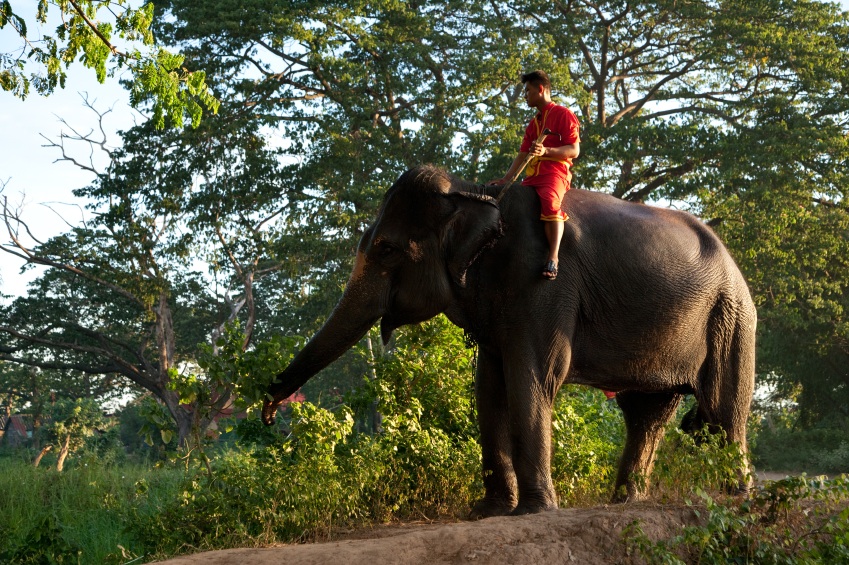Getting emotional about Sustainability (and elephants)

As someone born with no ball skills whatsoever, I never envisaged that a significant chunk of my parenting responsibilities would involve schlepping to various wind and rain swept rugby and football grounds around the North East to watch my offspring play. And one thing I have noticed is that the team that has the upper hand at any point in the game is generally the team that wants to win more. Many a time I have seen an obviously technically gifted kid squeezed out of their game by the determination of their less able opponents and simply give up, slumped on the brink of tears or moaning at the ref/their coach/their parents.
At an event I was at last week, the panel was asked about engaging people in Sustainability and the response was “carbon literacy training”. While such training gives you the technical ability to move forward on cutting your carbon footprint, it rarely gives you the desire to radically change what you normally do.
As anyone who has been on my courses, I use the elephant-rider-path model to break change down into its component parts. The elephant is our emotional mind – our hopes, fears, loves, frustrations, worries etc. The rider is our conscious brain – the bit that processes data, googles stuff on the internets and listens patiently to carbon literacy training. The path is the environment in which we operate – whether the physical buildings, paths and technology, or the bureaucratic rules and processes. While you have to shape the path towards Sustainability (providing the technology, eliminating perverse incentives) and inform the rider (carbon literacy training), the elephant is, well… the elephant in the room.
The elephant will go where the elephant feels like going – it may follow the path, but may also crash off into the undergrowth if it gets spooked. If the elephant doesn’t want to move, the rider will never move it. This is why most engagement for Sustainability fails miserably – it isn’t aimed at the elephant.
My Green Jujitsu approach to Sustainability is all about elephant-whispering. At one level, it is about choosing the particular messages that the elephant will respond to, at another it is about getting the whole herd moving in the right direction (if we see people like us doing something, it becomes much more attractive). But the best way to engage with people/elephants is to get them to work out what needs to be done whether at a strategic level or a local action plan. That strategy/plan is then their baby not yours – and have you ever seen a mother elephant defend its offspring? That’s an emotional connection.

